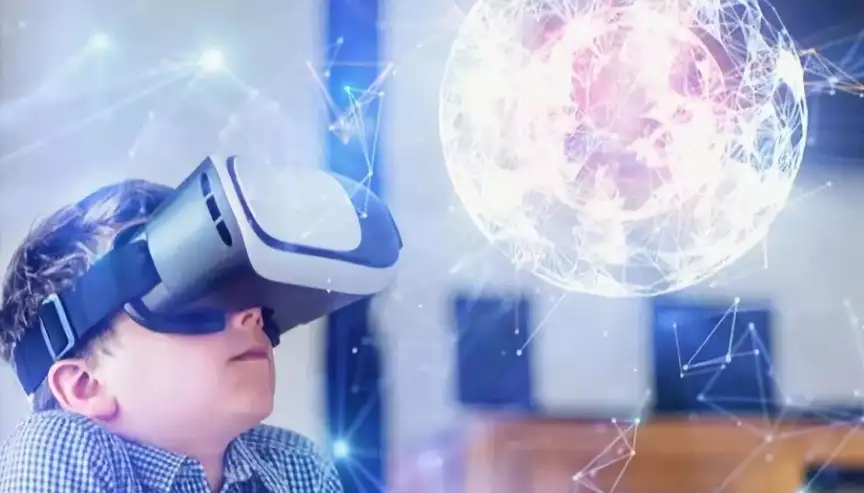The Future Trajectory of LBE VR Large-Space Industry
As a VR technology expert from the United States, we have been closely following the evolution of the LBE (Location – Based Entertainment) VR large – space industry. This industry has emerged as a fascinating blend of cutting – edge technology and immersive entertainment, and its future direction is poised to be nothing short of revolutionary.
Currently, LBE VR large – space experiences are gaining significant traction. In venues like the “Disappearing Pharaohs” in Paris and VR theaters in Shanghai, people are stepping into a whole new world. These spaces allow users to move freely, interact with virtual elements, and feel as if they’ve been transported to another dimension. The strong immersion and interactivity offered by LBE VR large – space setups have made them a hot – ticket item in the offline entertainment market, rivaling traditional forms like movies and script – reading games.
One of the key trends shaping the future of this industry is the integration with cultural and tourism sectors. As mentioned, the “Disappearing Pharaohs” in Paris is a prime example. By combining VR technology with historical themes, LBE VR large – space venues can offer tourists a unique and educational experience. Imagine standing in front of the pyramids in Egypt without leaving your local entertainment center. This kind of cultural immersion can greatly enhance the tourism industry, attracting more visitors and providing them with unforgettable memories. In the future, we can expect to see more collaborations between LBE VR large – space operators and cultural institutions, creating content that not only entertains but also educates.
Education is another area where LBE VR large – space technology is set to make a big impact. Traditional educational methods often struggle to keep students engaged. However, with LBE VR large – space, learning can become an adventure. Students can explore the human body, travel back in time to witness historical events, or even visit distant planets. This hands – on, immersive approach to learning can significantly improve knowledge retention and make education more enjoyable. Schools and universities are likely to adopt this technology on a larger scale in the coming years, transforming the way we teach and learn.
The commercial sector also has a lot to gain from LBE VR large – space. Retailers can use these spaces to create unique shopping experiences. Instead of just browsing products on shelves, customers can step into a virtual world where they can interact with products in a more engaging way. For example, a furniture store could let customers walk through a virtual room with different furniture arrangements, helping them visualize how the products would look in their own homes. This kind of immersive shopping experience can increase customer satisfaction and drive sales.
However, the LBE VR large – space industry also faces some challenges. One of the main issues is the high cost of setting up and maintaining these venues. The technology required, including high – precision positioning systems, advanced VR equipment, and content development, can be quite expensive. This makes it difficult for smaller businesses to enter the market. To address this, we need to see more innovation in terms of cost – effective solutions. For instance, the development of more affordable VR hardware and the use of cloud – based content delivery systems could help reduce the initial investment required.
Another challenge is the content creation process. Creating high – quality, engaging content for LBE VR large – space venues is a complex task. It requires a combination of technical expertise and creative storytelling. As the industry grows, there will be a greater demand for talented content creators who can develop content that appeals to a wide range of audiences. This means that educational institutions and training programs need to focus on nurturing these skills.
Looking ahead, the future of the LBE VR large – space industry is bright. With advancements in technology, we can expect even more realistic and immersive experiences. For example, the integration of haptic feedback technology will allow users to feel physical sensations in the virtual world, further enhancing the sense of immersion. The use of artificial intelligence will also play a crucial role. AI – powered virtual characters can interact with users in a more natural and personalized way, making the experience more engaging.
In conclusion, the LBE VR large – space industry is on the cusp of a major transformation. By integrating with cultural, educational, and commercial sectors, it has the potential to change the way we entertain, learn, and shop. While there are challenges to overcome, the opportunities far outweigh them. As a VR technology expert, I am excited to see how this industry will evolve in the coming years and the incredible experiences it will bring to people around the world.

Leave a Reply